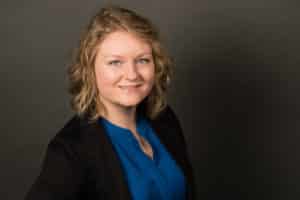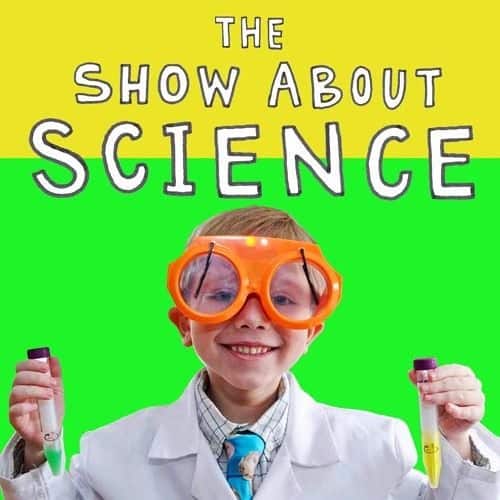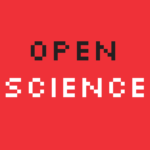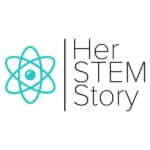Tell Them A Story: Making the Universe’s Tiniest Particles and Biggest Mysteries Relatable

In this type of science, people are considered ‘early career researchers’ up until they’ve spent 15-20 years working in the field. At that point, they can be in their 40s. That’s because of how complex and specialized this science is: it simultaneously considers the biggest and smallest things in the universe, and for the most part doesn’t relate to peoples’ day to day lives in the slightest. When I talk about SNOLAB, one of the most common responses I hear from people is ‘Oh physics, that’s too complicated for me,’ and by then, I’ve already lost them.
I’ve since realized that those weeks of struggle accurately reflected how my audience feels about this physics most of the time. As I’m creating content, I ask myself ‘would I have understood this in my first week?’ If not, I know I need to spend more time working on it before I share it.
When biologists develop a new cancer therapy, most people understand what the discovery might mean for patients. But in astroparticle physics, someone needs a fair amount of foundational knowledge to understand the significance of a discovery. Additionally, the experiments at SNOLAB are simultaneously examining the entire universe and the smallest known particles – it’s a lot for people to wrap their heads around, especially in the space of a 1000-word news story or blog post.
Often, my audience doesn’t know or care much about particle physics, and I don’t try to convince them they should – they have no reason to care about particle physics. However, that doesn’t mean I can’t use other approaches to get them interested. For most topics, effective scicomm requires turning the traditional methods of building and presenting information completely on its head. People naturally relate to other people – one of the challenges with academic writing (and science information in general) is that it is so impersonal.
I use narrative to make the research more relatable to my audience. For instance, I’ll try to hook people with a personal story from one of the researchers, or a wacky interesting fact (did you know lead ballast recovered from centuries-old ship wrecks is a popular material for particle physics experiments?). I’ve found anecdotes like this make seemingly foreign topics relatable. Rather than overwhelming people with the physics, I find introducing it in little bits, and only including the scientific detail that’s essential for the story you’re telling is important. This science, and the novelty of an underground lab, is really cool, and if someone’s first exposure to it can be memorable and not overwhelming, there’s a better chance they’ll be motivated to learn more.
I’ve been most successful engaging my audience with projects that were light on science content. Although there is less ‘hard science’ shared this way, it is really the only way to reach new audiences with this type of science. To celebrate Dark Matter Day, for instance, we created a tweetstorm written from the perspective of a dark matter particle poking fun at scientists for being (so far) unable to detect it. I used visuals, memes, and the kind of sassy tone that works well on social media – none of those things inherently scream dark matter, but engagement rates were high because the content was crafted to appeal to our Twitter audience, which is largely non-expert.
If I tried to create content for an audience of my physicist colleagues, I would never complete anything, because I would be so concerned about which technical details to include. But with science communication, academia is not the target audience, so we don’t have to follow their rules. Technical details mean nothing without the background knowledge needed to give them context. From the perspective of a scientist, omitting them feels sacrilege; thinking about doing that to my own research makes me anxious, because I’m so familiar with it that the details are everything. When I communicate science though, I am not doing it for me, or for my colleagues with PhDs – I am doing it for an audience that isn’t composed of experts, who would rather read a good story and come away with one interesting fact that sticks in their mind than an article that follows the scientific process.
Non-expert audiences don’t scrutinize science the way academic peers do, so we need to stop creating content as though they will. In many cases, this is easier when you aren’t talking about your science. Not only does the distance usually help to ensure the final product is appropriate for the target audience, it’s also easier to cut information (in this case, methods and foundational knowledge) that you haven’t spent decades internalizing.
Jenna Saffin is the Communications Coordinator at SNOLAB. You can find her on Twitter @laffinsaffin. Find out what that thing is in the picture above by watching Jenna’s TED Ed video here.









